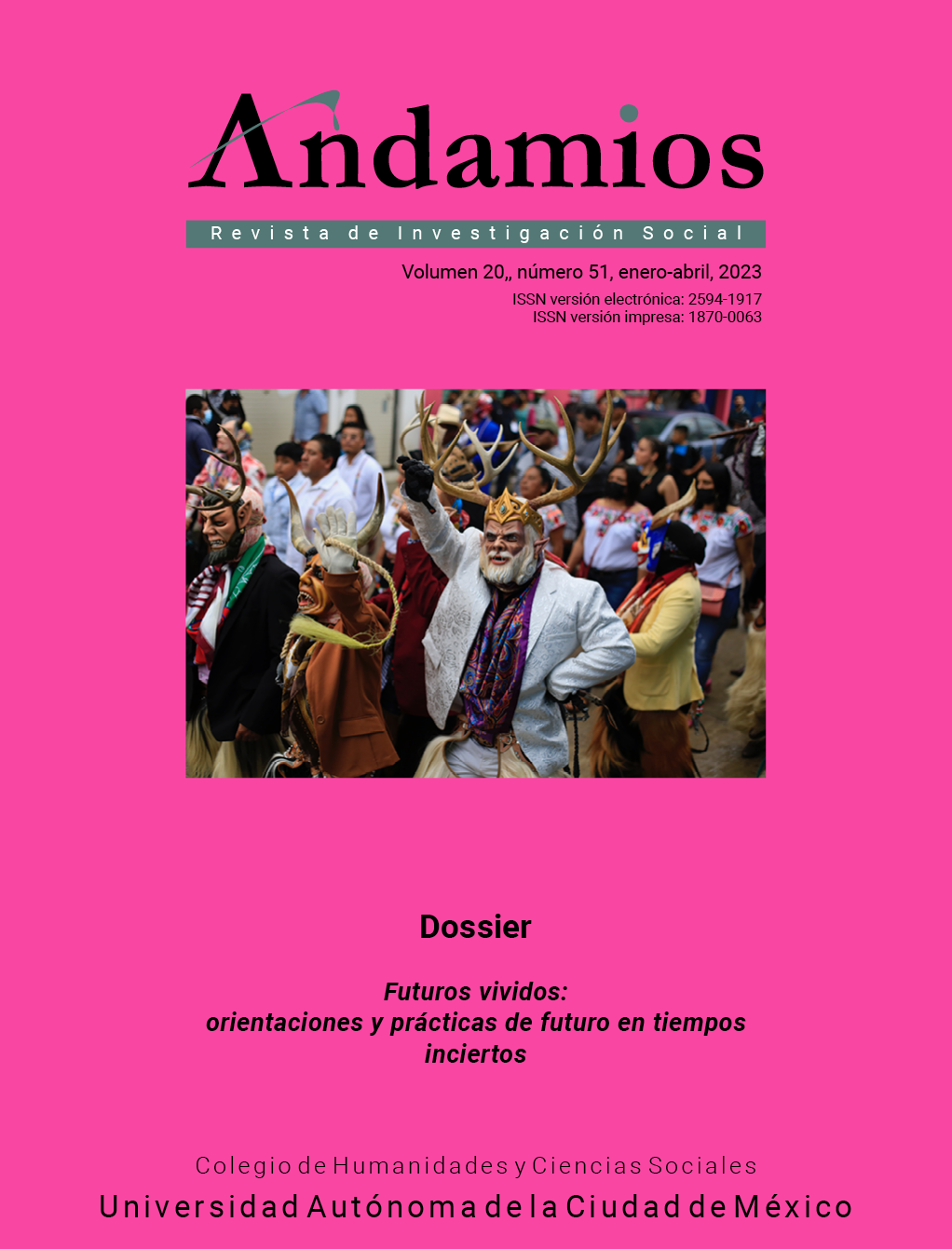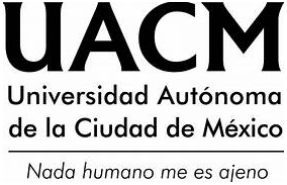El futuro como construcción textual: el aporte de la semiótica al estudio de la discursividad temporal
DOI:
https://doi.org/10.29092/uacm.v20i51.967Keywords:
Futuro, semiótica, constructivismo, cambio climático, ficción distópicaAbstract
Este artículo pretende contribuir al estudio de la segmentación temporal –en particular, del futuro– a través de una presentación de los aportes realizados por la semiótica. Para la semiótica, la organización del tiempo en categorías como “pasado”, “presente” y “futuro” es el resultado de un proceso de segmentación y construcción discursiva que se caracteriza por su naturaleza relacional y eventiva: se trata de un proceso basado en el establecimiento de oposiciones y diferencias entre acontecimientos que sirven para dar linealidad a la experiencia humana. Así, mientras que el presente es un tiempo actual, el pasado y el futuro se caracterizan por su ausencia y solo son accesibles a través de textos. El artículo presenta una concepción general desde la semiótica del futuro como una construcción textual e ilustra el argumento con un conjunto de ejemplos concretos.
Downloads
Published
Issue
Section
License
This Journal is licensed under Creative Commons Mexico 2.5. It is allowed to reproduce and disseminate the contents of the Journal for educational or research purposes, not for profit, as long as they are not mutilated and cite the source (Andamios, Revista de Investigación Social) and the author.
The copyright of the articles published in Andamios, Revista de Investigación Social are transferred by the author(s) to Universidad Autónoma de la Ciudad de México when the originals have been accepted, so that they are published and distributed both in the printed and electronic versions of the Journal. However, as established by law, the author(s) retains their moral rights. The author(s) will receive a form of assignment of copyright that they must to sign when their original has been accepted. In the case of collective articles, the signature of one of the authors will suffice, provided that the latter has obtained the consent of the others.
Authors may use the material of their article in other works or books published by themselves, with the condition of quoting Andamios as the original source of the texts.
The articles contained in this publication are the responsibility of their authors and do not compromise the official position of Andamios, Revista de Investigación Social of the Universidad Autónoma de la Ciudad de México.


